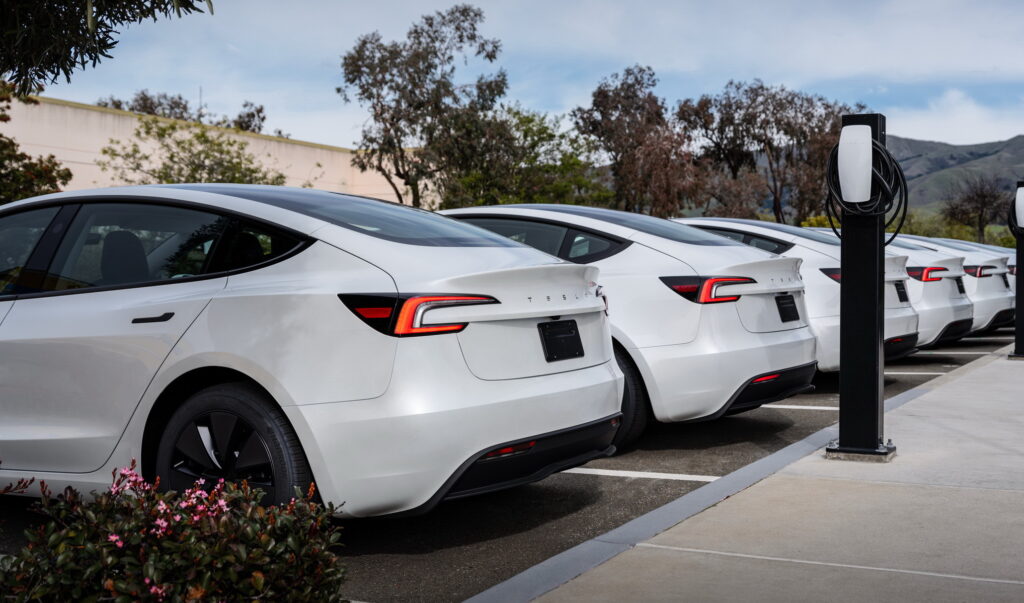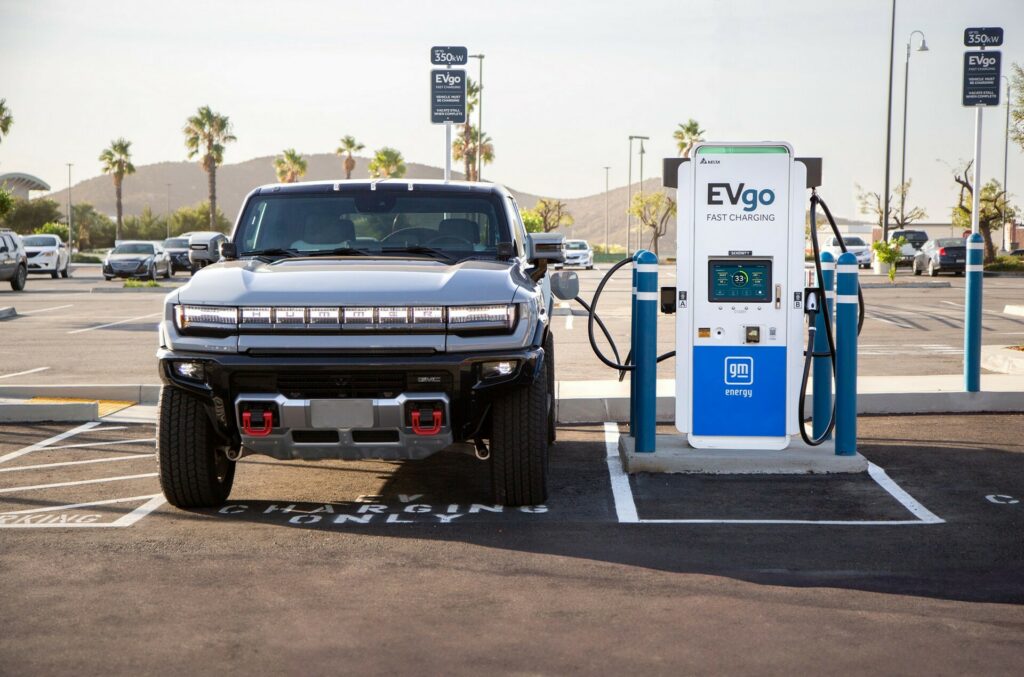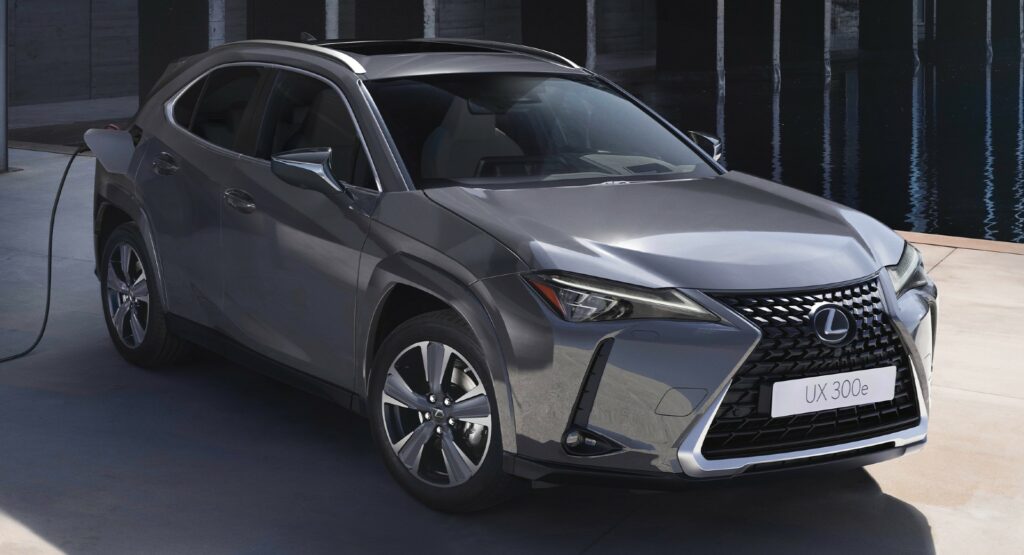Hyundai Ioniq 5 Sales Just Exploded But The Rush Might Be Short-Lived

- The Ioniq 5 saw a massive sales spike in July with 5,818 units sold.
- Buyers are rushing to beat the end of the federal EV tax credit.
- Hyundai hit a July record with sales up 15%, led by SUVs and EVs.
As the federal electric vehicle tax credit approaches its end, some buyers are moving quickly to take advantage of it. They’ve made that clear in a recent swelling of purchases for the Hyundai Ioniq 5. The retro-futuristic hatchback just saw a gigantic boost in sales during July. In fact, the brand had a great month overall.
More: Porsche Fast-Tracks New Compact SUV With Gas And Hybrid Power
When we say a huge boost, we’re talking about a 70 percent jump in sales compared to July of 2024. 5,818 people bought an Ioniq 5 in July of 2025. In other words, Hyundai sold almost eight (7.8) of them for every hour of every day of the month, nonstop. For the year, the Ioniq 5 is up 12 percent. Hyundai itself is up 11 percent this year, but let’s break that down further.
Mixed Results Across the Lineup
Most models are either up or down by two digits. For example, in the first seven months of the year, the Santa Cruz and Kona are down 20 and 13 percent, respectively. Their downturns aren’t enough to snuff out the success of other badges, though. The Venue is up 14 percent year over year. The Palisade was up 53 percent in July and is up 13 percent for the year. Both are dwarfed in total sales by the Tucson, which is up 20 percent for the year with 129,716 sales.
“Hyundai delivered an outstanding July, setting an all-time July total sales record with 79,543 units, up 15% year-over-year,” said Randy Parker, president and CEO of Hyundai Motor North America.
HYUNDAI US SALES
| Vehicles | Jul-25 | Jul-24 | % Chg | 25-YTD | 24-YTD | % Chg |
| Elantra | 12,354 | 13,764 | -10% | 87,122 | 76,053 | +15% |
| Ioniq 5 | 5,818 | 3,416 | +70% | 24,910 | 22,144 | +12% |
| Ioniq 6 | 949 | 778 | +22% | 7,271 | 7,690 | -5% |
| Ioniq 9 | 1,073 | 0 | – | 2,086 | 0 | – |
| Kona | 6,289 | 6,713 | -6% | 46,117 | 53,252 | -13% |
| Nexo | 0 | 2 | -100% | 2 | 79 | -97% |
| Palisade | 13,235 | 8,635 | +53% | 70,432 | 62,382 | +13% |
| Santa Cruz | 2,311 | 2,615 | -12% | 16,532 | 20,560 | -20% |
| Santa Fe | 14,128 | 8,989 | +57% | 79,206 | 65,611 | +21% |
| Sonata | 4,413 | 5,755 | -23% | 37,399 | 36,902 | +1% |
| Tucson | 16,406 | 16,135 | +2% | 129,716 | 108,281 | +20% |
| Venue | 2,567 | 2,400 | +7% | 18,030 | 15,771 | +14% |
| Total | 79,543 | 69,202 | +15% | 518,823 | 468,725 | +11% |
“We achieved new records across multiple nameplates, including Elantra HEV, Elantra N, Santa Fe HEV, Palisade, IONIQ 5, and the Santa Fe family, while electrified vehicle sales surged 50% compared to last year. Retail sales climbed 18%, highlighted by strong demand for Santa Fe and Palisade, and a 71% jump in IONIQ 5 retail sales. These results reflect Hyundai’s momentum in sustainable mobility and our ability to deliver an innovative lineup that continues to resonate with customers.”
Interestingly, the Ioniq 5 is a real outlier among the family. It’s the only EV under the Hyundai Motor Group to be outpacing sales when compared to 2024. Technically, the Ioniq 9 is also, but that’s only because it wasn’t on sale last year. That said, the Ioniq 6, Kia EV9, and Kia EV6 are all struggling to match the sales figures they saw in 2024.
















































